Disclosure: This article contains affiliate links. We may earn a commission from purchases at no extra cost to you, which helps our travel content.
The vibrant capital of Venezuela often gets overlooked in adventure travel circles, overshadowed by the country's more celebrated natural wonders like Angel Falls and Los Roques. Yet Caracas, nestled dramatically between the Caribbean Sea and the towering Ávila mountain range, harbors extraordinary potential for adrenaline seekers willing to venture beyond conventional tourism paths. During my recent consulting project designing a wellness retreat in the Venezuelan highlands, I carved out a week to explore the capital's extreme offerings. What I discovered was a metropolis where urban intensity meets natural grandeur, creating a playground for those with an appetite for adventure. From soaring above cloud-kissed valleys to descending urban rock faces, Caracas challenged my perception of what a capital city can offer the adventure traveler. Here are five experiences that transformed my understanding of this complex, beautiful, and misunderstood city.
Paragliding the Avila: Dancing with Caracas Thermals
The imposing El Ávila mountain doesn't merely backdrop Caracas—it defines it. This 9,000-foot massif creates a natural boundary between urban chaos and pristine wilderness, and there's no more exhilarating way to experience this juxtaposition than through paragliding.
After a pre-dawn ascent via the Teleférico de Caracas (the city's historic cable car system), I met Carlos, my tandem pilot of twenty years' experience. 'The thermals here are musicians,' he explained as we prepared our gear at the launch point near Galipán. 'And we are simply dancing to their rhythm.'
As a landscape architect, I've studied countless urban-wilderness interfaces, but experiencing one from this perspective—suspended in air currents, riding invisible thermal columns—was transformative. The city unfolds beneath you like a living map while the mountain's microclimate creates ideal flying conditions nearly year-round.
The flight itself lasted approximately 45 minutes, though time seemed irrelevant as we spiraled upward on warm air columns, occasionally diving through cloud banks before gliding over the city's diverse neighborhoods. What struck me most was the clarity with which one could observe Caracas' unique topography—how the city has evolved to embrace rather than conquer its mountainous setting.
My action camera captured the entire experience, though no recording could fully convey the sensation of weightlessness combined with the panoramic spectacle of city, mountain, and sea converging beneath your feet.
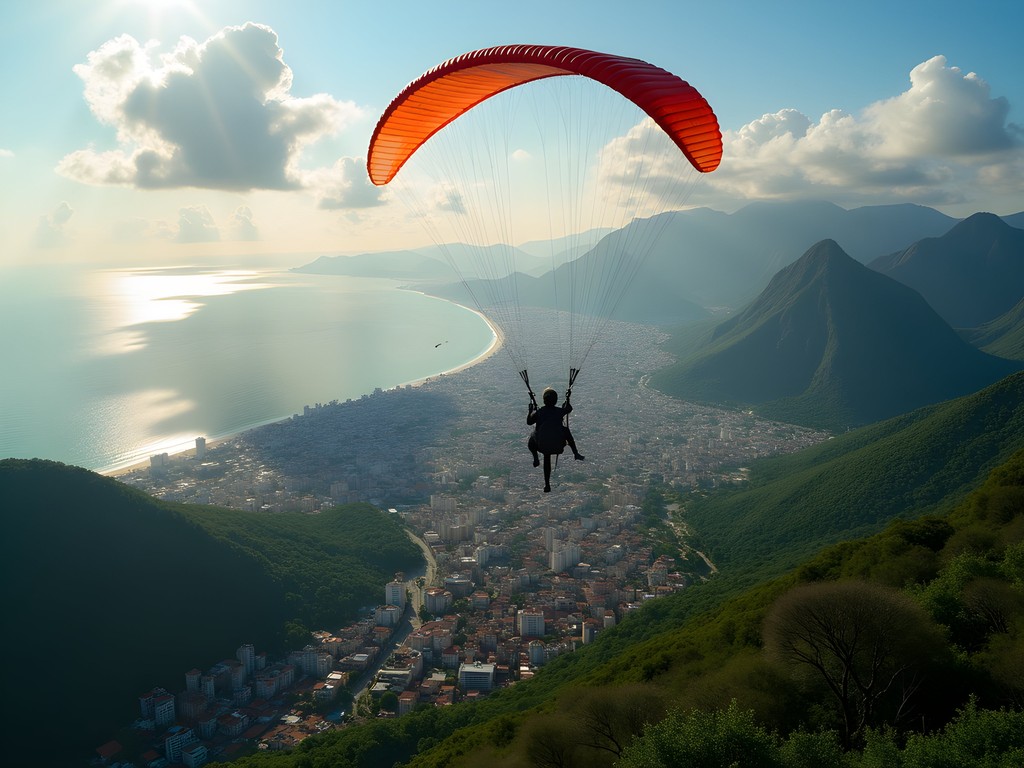
💡 Pro Tips
- Book your flight for early morning when thermals are most predictable and views clearest
- Wear layers—the temperature difference between launch point and landing can be significant
- Arrange your paragliding experience through certified operators like Ávila Sky or Caracas Airborne
Mountain Biking the Secret Trails of Warairarepano
While tourists flock to the main cable car station, local mountain biking enthusiasts have cultivated a network of trails across Warairarepano (the indigenous name for El Ávila) that range from technical single-track to heart-stopping descents. Having designed mountain biking circuits for wellness retreats across four continents, I was eager to test these legendary but little-documented routes.
I connected with the Caracas Mountain Riders collective through my local contacts. This tight-knit community maintains these unofficial trails with religious dedication, and gaining their trust grants access to routes you won't find on any tourist map.
'The mountain has many faces,' explained Miguel, my guide and a founding member of the collective. 'The north face trails toward the coast are completely different ecosystems from the urban-facing southern routes.'
We chose the challenging 'Culebrilla' (Little Snake) trail—a 12-mile technical descent that drops nearly 6,000 feet from cloud forest to city streets. The trail's upper section winds through misty elfin forest where bromeliads and orchids cling to gnarled trees, creating an almost primeval atmosphere. The middle section features technical rock gardens and natural drops that demand absolute concentration.
The lower third of the route transitions dramatically as the wilderness gives way to the city's edge, where informal settlements climb the mountain slopes. Here, the trail becomes an improvised urban assault as you navigate concrete staircases and narrow passages between homes, often to the cheers of local children who treat passing bikers as entertainment.
My hydration pack proved essential during this 4-hour adventure, as the tropical climate demands constant hydration despite the elevation. The specialized design allowed me to carry tools, extra layers, and sufficient water without compromising maneuverability on technical sections.
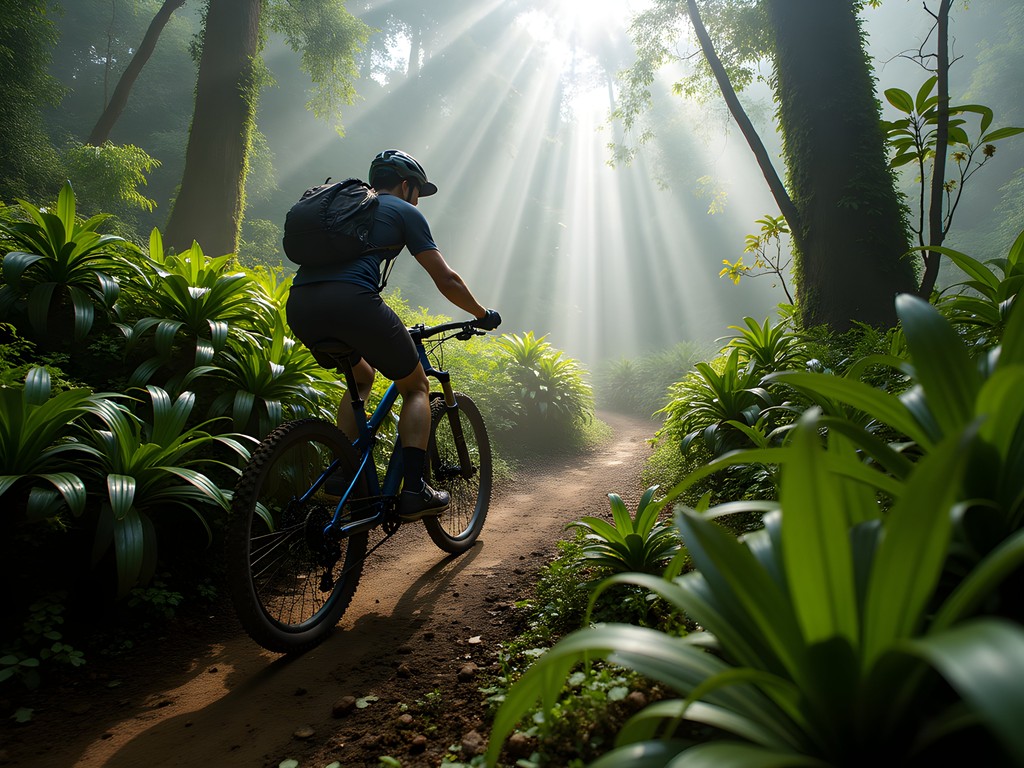
💡 Pro Tips
- Connect with local riding groups through social media before arriving—cold contacts rarely gain access to premium trails
- Bring your own protective gear but consider renting a locally-appropriate bike as these trails are uniquely punishing
- Respect the local communities you pass through—these are extensions of people's homes, not just riding paths
Urban Rappelling: Descending Caracas' Concrete Cliffs
Perhaps the most unexpected adventure in my Caracas repertoire came through a chance meeting with Urbano Vertical, a collective of climbers who have reimagined the city's abandoned structures and towering buildings as vertical playgrounds. While traditional climbing focuses on natural formations, urban rappelling embraces the city's architectural features as technical challenges.
'In Caracas, we adapt to our environment,' explained Diana, the group's technical director and my guide for this unusual expedition. 'Where other cities have rock gyms, we have actual buildings.'
After a comprehensive safety briefing and equipment check, we accessed the roof of the 30-story Torre David—an unfinished skyscraper that stands as a monument to Venezuela's complex economic history. Once intended as a financial center, this concrete skeleton has been repurposed many times, but Urbano Vertical sees it as something else entirely: a vertical canvas for technical descent.
The initial moments at the edge were undeniably intimidating. Looking down the sheer concrete face with only my harness, rope system, and training standing between me and the distant ground triggered primal fear responses. Yet once I leaned back into the system and began the controlled descent, a peculiar calm emerged. The technical focus required for proper rappelling technique overrode anxiety, creating a meditative state amid extreme circumstances.
What made this experience uniquely valuable was the perspective it offered on Caracas itself. Descending slowly down the building's exterior provided an intimate view of the city at multiple elevations—from bird's-eye panoramas near the top to street-level energy at the bottom. The descent took approximately 45 minutes, with several stops to change anchor points and observe the cityscape from different angles.
Safety is paramount in this activity, and I was grateful for the group's insistence on redundant systems and quality equipment. My personal climbing helmet provided essential protection from potential falling debris, a genuine concern when working on structures with complex maintenance histories.
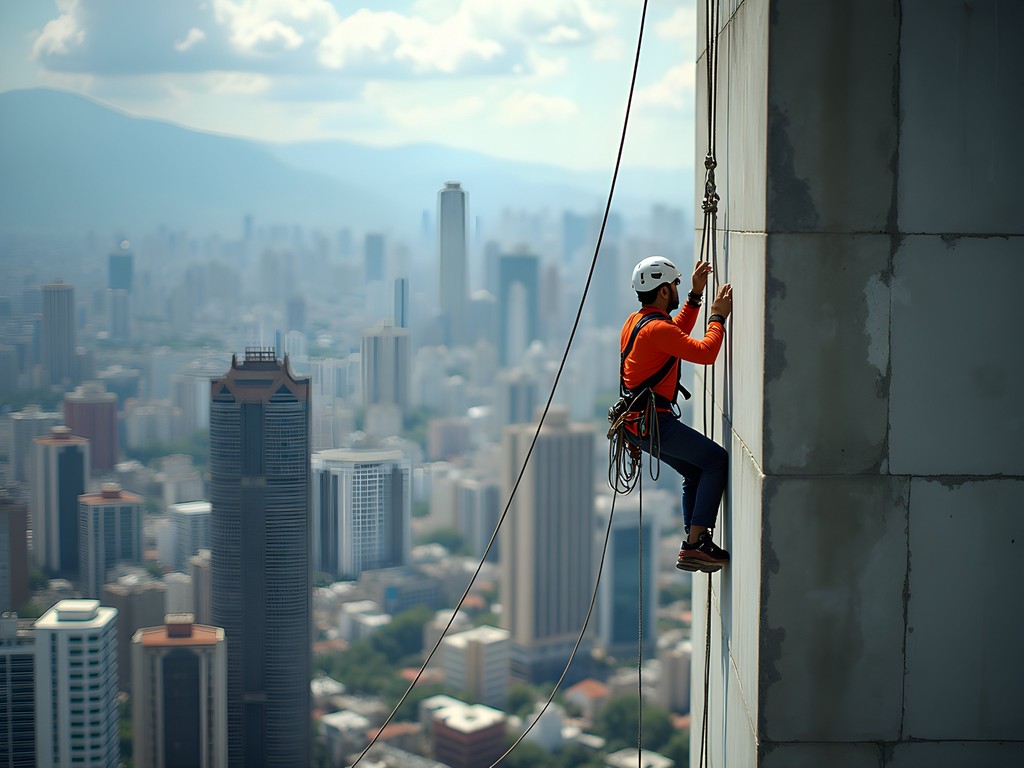
💡 Pro Tips
- Only attempt urban rappelling with established organizations that maintain proper insurance and safety protocols
- Schedule your descent for early morning to avoid midday heat reflecting off concrete surfaces
- Bring your own gloves—rope friction against building surfaces creates more heat than traditional rock rappelling
Canyoning the Hidden Ravines of Galipán
The northern slopes of Ávila conceal a series of water-carved ravines that create perfect conditions for canyoning—an adventure discipline combining hiking, climbing, swimming, and rappelling through water-carved terrain. These hidden gorges remain relatively unknown to international visitors but offer world-class technical challenges.
The Quebrada Quintero canyon became my introduction to Venezuelan canyoning, arranged through specialists Aventuras Extremas. After a rugged 4×4 journey to reach the trailhead near Galipán, we hiked approximately two hours through cloud forest to reach the canyon's upper entrance.
'These canyons are living entities,' our guide Eduardo explained as we prepared our equipment. 'The water levels, flow rates, and even the rock surfaces change constantly with rainfall patterns.'
The descent through the canyon involved navigating 12 distinct waterfalls ranging from 15 to 80 feet in height, each requiring different technical approaches. Some allowed traditional rappelling, while others demanded specialized techniques for moving through active water flow. The most challenging sections involved rappelling directly through waterfall curtains, where the sensory experience becomes almost overwhelming—the roar of water, the disorienting visual effect of falling water, and the physical impact of the cascade itself.
Between rappel sections, we navigated natural water slides, deep pools requiring swimming in full gear, and boulder-hopping segments. The progression through these varied challenges creates a comprehensive full-body workout unlike any gym-based training.
What struck me most profoundly as a landscape architect was how the canyon revealed geological history through its sculpted features. Each waterfall pool showcased millennia of water's patient carving, creating natural architecture of remarkable beauty. The walls displayed distinct botanical communities adapted to different light and moisture conditions, from delicate ferns in shadowed recesses to specialized algae communities on sun-exposed rock faces.
My dry bag proved invaluable for protecting camera equipment and spare clothing during this adventure, as total immersion was unavoidable at multiple points in the journey.
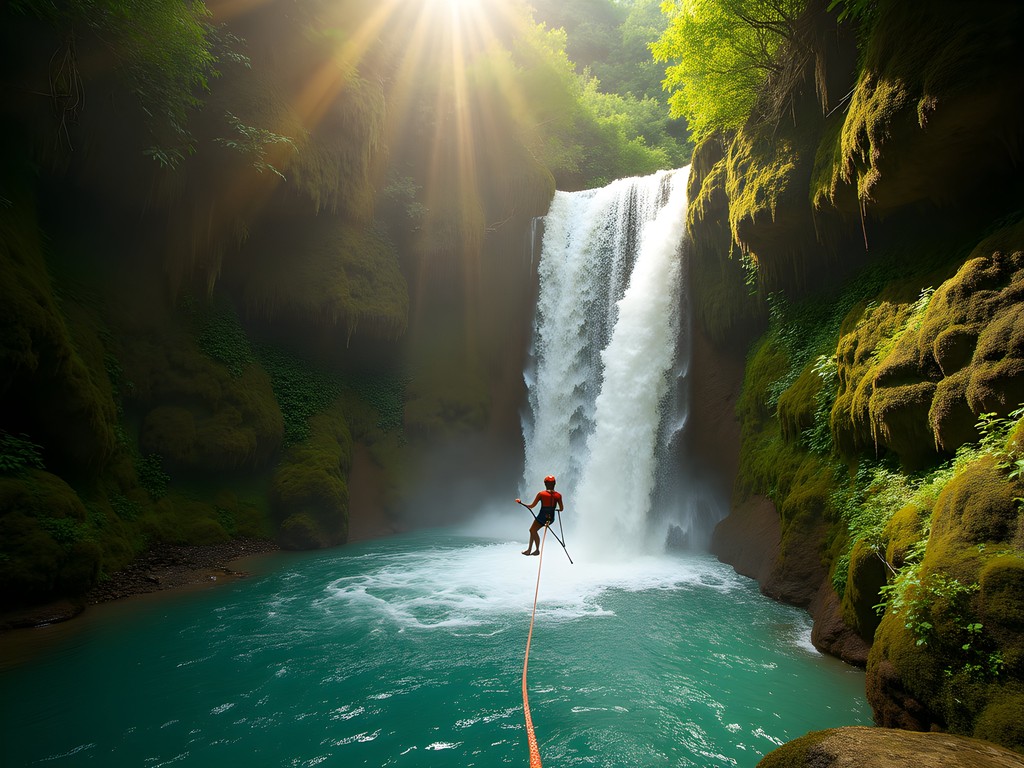
💡 Pro Tips
- Book this activity only when weather forecasts show stable conditions—flash flooding is a genuine risk in these canyons
- Prepare for cold water immersion even on hot days—the mountain streams maintain surprisingly low temperatures
- Consider booking a private guide for this experience to adjust the pace and technical difficulty to your comfort level
Night Hiking to Pico Naiguatá: Caracas Under Stars
The culminating adventure of my Caracas expedition targeted the highest point in the coastal mountain range—Pico Naiguatá (9,072 feet). While many attempt this summit as a demanding day hike, local adventure guides have developed a specialized night hiking program that transforms the experience into something truly extraordinary.
The concept is elegantly simple yet logistically complex: begin hiking at midnight to reach the summit before dawn, witness sunrise from the highest vantage point in the region, then descend in morning light. This timing not only avoids the heat of day but creates a profound sensory journey as your body and mind adapt to navigating by headlamp before being rewarded with panoramic dawn light.
'Night hiking changes your relationship with landscape,' explained Roberto, our certified mountain guide and a botanist specializing in Ávila's ecosystems. 'Without visual dominance, your other senses—hearing, touch, smell—become heightened. You experience the mountain more intimately.'
Our group of four departed from the Sabas Nieves trailhead at precisely midnight. The initial hours followed clear trails through lower elevation forest, where nocturnal wildlife activity created an auditory landscape radically different from daytime hiking. The distinctive calls of nightjars and the occasional rustle of arboreal mammals accompanied our steady ascent.
The middle section transitioned to steeper terrain requiring greater concentration, especially in limited light. Here, the value of proper equipment became evident. My hiking headlamp provided reliable illumination throughout the night, with its adjustable brightness settings allowing conservation of battery power while maintaining adequate visibility on technical sections.
As we approached the summit around 5:00 AM, the first hints of pre-dawn light began to transform the eastern horizon. The final ascent to the peak involved light scrambling over rock formations, arriving at the summit marker just as the sky transitioned from deep indigo to fiery orange.
The sunrise itself defied adequate description. From this elevation, we witnessed light progressively illuminating the Caribbean Sea, the coastal regions, and finally the sprawling metropolis of Caracas. The city that had seemed so imposing from street level was reduced to a delicate pattern of lights gradually overshadowed by growing daylight.
The descent in full daylight revealed landscapes we had traversed blindly hours before—sheer cliffs, diverse ecological zones, and sweeping vistas that contextualized our night journey. This contrast between limited nighttime awareness and comprehensive daytime visibility created a powerful metaphor for how different perspectives reveal different truths about the same landscape.
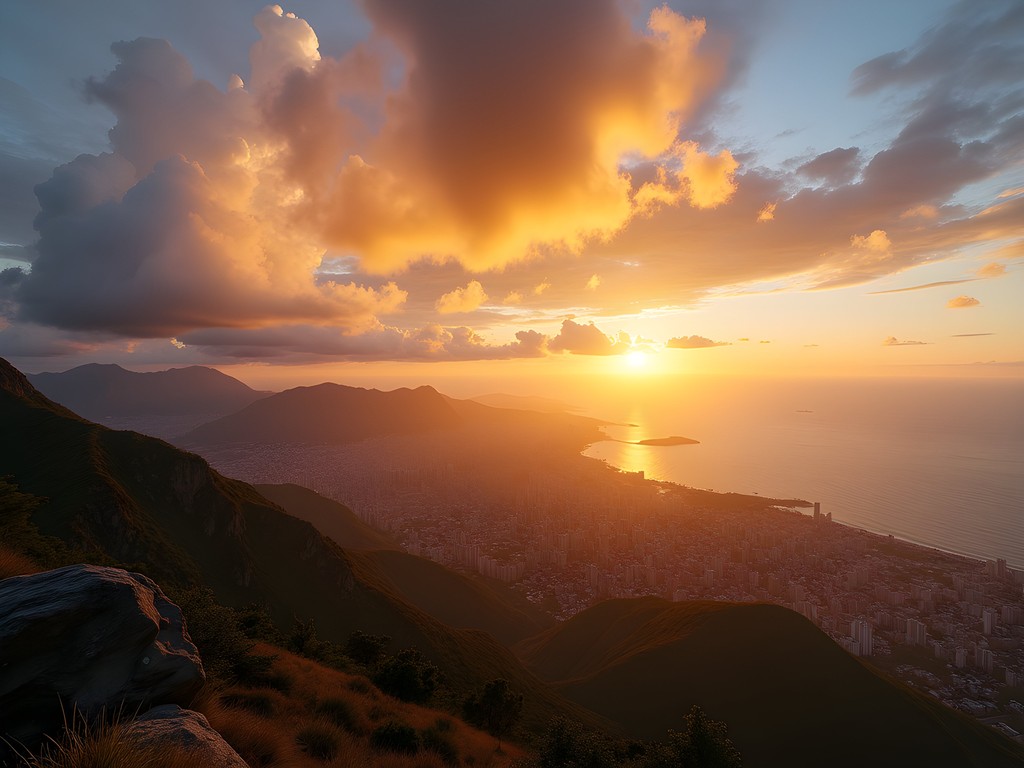
💡 Pro Tips
- Train specifically for this hike with night practice sessions—navigating by headlamp requires different skills than daytime hiking
- Layer clothing strategically as temperatures vary dramatically between midnight departure, pre-dawn summit, and morning descent
- Book with guides who maintain communication with park authorities, as night access to protected areas requires special permissions
Final Thoughts
Caracas challenged and rewarded me in ways few capital cities have managed. Beyond the headlines and preconceptions lies a metropolis where extreme adventure isn't manufactured—it's inherent in the landscape itself. The dramatic topography that makes daily life challenging for residents creates extraordinary opportunities for those seeking adventure. What distinguishes Caracas' adventure offerings is their authenticity; these experiences aren't sanitized tourist products but genuine engagements with a complex urban-wilderness interface. As landscape architects, we often speak of 'genius loci'—the spirit of place. In Caracas, that spirit is undeniably adventurous, resilient, and untamed. For those willing to venture beyond comfort zones and engage with both the natural and urban extremes of this misunderstood city, Caracas offers adventures that will recalibrate your understanding of what's possible within sight of skyscrapers. The mountain doesn't simply watch over the city—it invites you to experience both from perspectives few travelers ever witness.
✨ Key Takeaways
- Caracas offers world-class adventure experiences that combine urban and wilderness environments in unique ways
- Local knowledge and connections are essential for accessing the best experiences safely
- The proximity of extreme terrain to urban infrastructure creates logistical advantages rarely found in other adventure destinations
- The contrast between perceived danger and actual adventure opportunity makes Caracas one of South America's most underrated extreme sports destinations
📋 Practical Information
Best Time to Visit
October-December (dry season with moderate temperatures)
Budget Estimate
$3,000-5,000 for a week including private guides, equipment rental, and luxury accommodations
Recommended Duration
7-10 days minimum to acclimatize and experience multiple adventures
Difficulty Level
Advanced - Requires Previous Experience In Respective Activities And Good Physical Condition
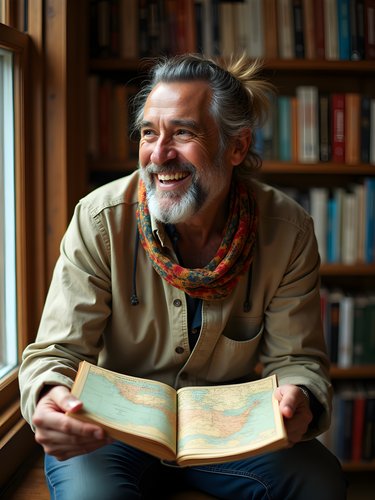
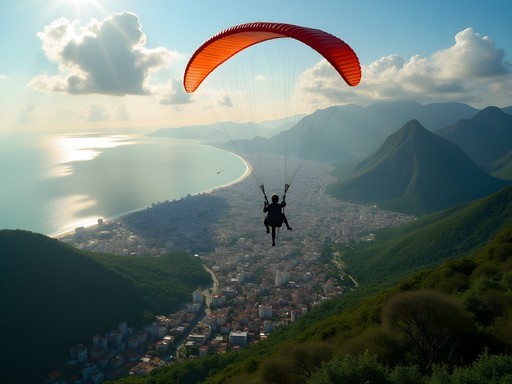
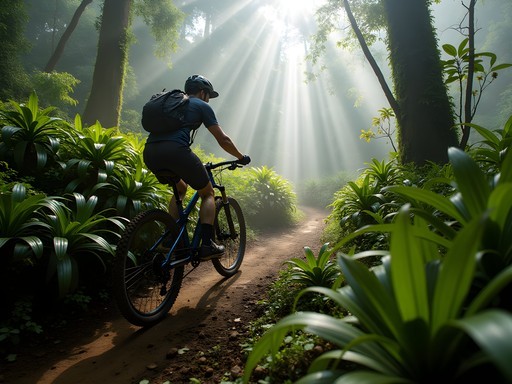
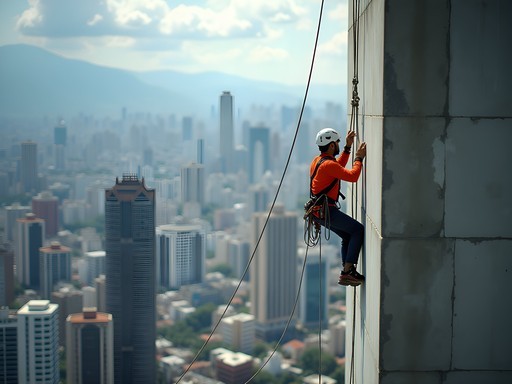
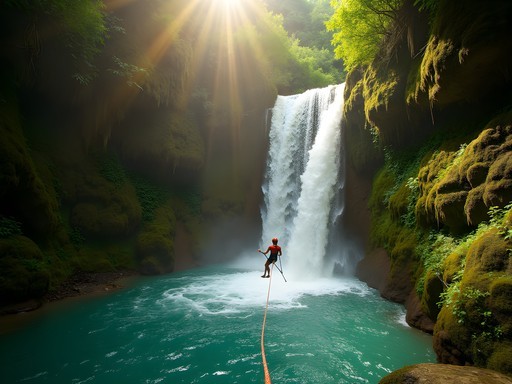



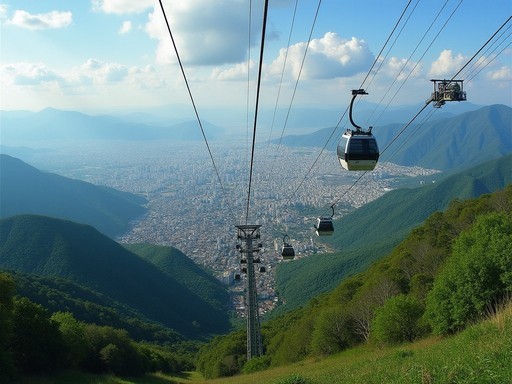
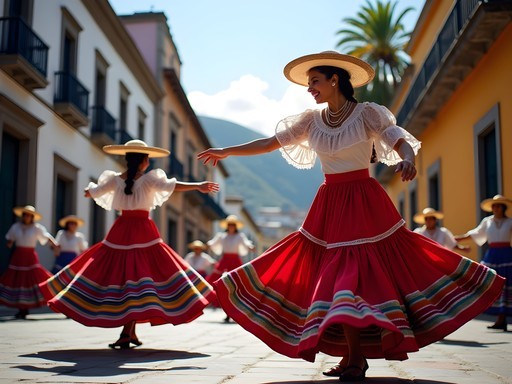


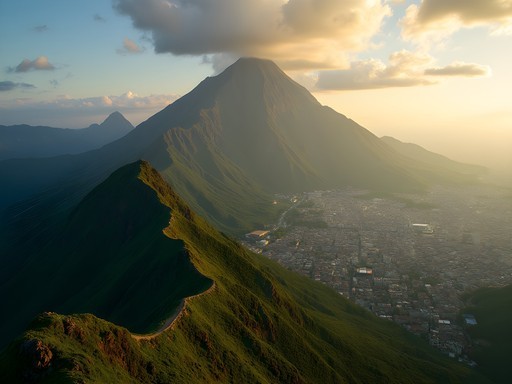



Comments
hikingclimber
This is making me reconsider Venezuela! What was the language barrier like? My Spanish is pretty basic. Also, how did you handle money/payments there? I've heard their currency situation is complicated.
Taylor Moreau
@hikingclimber The language barrier can be challenging as English isn't widely spoken outside tourist services. Basic Spanish helps a lot. For money, I used US dollars for most transactions and only exchanged small amounts for local currency when needed. Having a guide helps navigate both these challenges!
Jean Wells
I'd add that learning key adventure sport terminology in Spanish beforehand is invaluable. Most guides in the adventure industry speak some English, but safety instructions might be primarily in Spanish.
Jean Wells
I appreciate this alternative perspective on Caracas. Having visited three times over the past decade, I've witnessed both the challenges and the incredible potential of this city. The mountain biking trails on Warairarepano are indeed world-class - I'd add that the best time to go is early morning (6-9am) when the visibility is clearest and the temperatures are moderate. For those concerned about safety, I found using my anti-theft daypack essential for urban adventures, and always arranging transportation through established companies rather than hailing taxis. The canyoning in Galipán is spectacular, but I'd recommend the intermediate routes unless you're truly experienced. Taylor, did you try the night rappelling option? I heard they sometimes offer that for full moon periods.
Taylor Moreau
Thanks for the insights, Jean! I didn't get to try the night rappelling - that sounds incredible though. Maybe for my next visit! And great tip about the early morning mountain biking.
beachdiver
Those urban rappelling pics are insane! Didn't even know that was a thing there!
moonbackpacker
Wow, Taylor! I never would have thought of Caracas as an adventure destination. Always just heard about the safety issues. Did that paragliding over Avila last year and it was INSANE! The thermals there are no joke - I was tossed around like a leaf but the views were worth it. Did you have any safety concerns while you were there? We had a local guide with us everywhere which helped a ton.
Taylor Moreau
Hey @moonbackpacker! Yeah, having a local guide is definitely the way to go. I was always with someone who knew the area well. The paragliding was my favorite too - scary but incredible!
hikingclimber
I've been hesitant about Venezuela because of what's in the news. Did you feel safe overall? Worth the risk?
moonbackpacker
@hikingclimber It's definitely not your typical tourist destination, but with proper preparation it can be amazing. We never went anywhere alone and avoided certain areas. The adventure sports operators were super professional though!
Nicole Russell
Taylor, you've captured the essence of adventure Caracas perfectly! I visited three months ago specifically for the mountain biking and was blown away. The Warairarepano trails are world-class with that perfect mix of technical sections and flowing descents. What surprised me most was how the locals have built such an incredible MTB community despite economic challenges. Every Sunday morning, the trails are packed with Venezuelan riders of all ages. For anyone planning to go: learn some basic Spanish phrases, bring cash (USD works), and definitely try the fresh fruit smoothies from the stands near the trail entrances after your ride. They're the perfect recovery drink!
Taylor Moreau
Thanks Nicole! Those Sunday morning rides are something special, right? The local MTB community's passion is infectious. And yes to the smoothies - that guanabana one saved my life after a particularly brutal descent!
starking
FINALLY someone writing about Venezuela beyond the negative headlines! Did all of these except the urban rappelling last month and can confirm they're legit adventures. The local guides were amazing - super knowledgeable about both the activities and the local ecology. The post-paragliding beers at the little mountain restaurant were almost as good as the flight itself! 🇻🇪🪂
moonwanderer2684
Those canyoning photos are insane! Adding this to my bucket list!
explorezone3900
Any tips on where to stay that's close to these activities?
dreamadventurer
I stayed in Altamira area - safe, lots of restaurants, and easy access to Avila for the paragliding and hiking. Hotel Pestana is good if you want comfort, or there are some nice Airbnbs.
Frank Garcia
Interesting perspective on Caracas. I spent three weeks there last year and found the adventure tourism infrastructure surprisingly well-developed, though definitely under-marketed internationally. The urban rappelling was my highlight - the juxtaposition of extreme sport against the city backdrop creates a unique experience you can't get in purely natural settings. One critical note though: the economic situation means guides often lack latest equipment. I brought my own climbing harness which I'd recommend for safety-conscious travelers. Overall, Caracas deserves more attention in the adventure travel scene.
vacationadventurer9659
Those mountain biking trails look awesome! Did you need to bring your own gear or can you rent decent bikes there?
Taylor Moreau
You can definitely rent quality bikes there! I used Caracas Mountain Riders - they have well-maintained Trek and Specialized bikes. About $35-45/day depending on the model.
Venture X
Premium card with 2X miles, $300 travel credit, Priority Pass